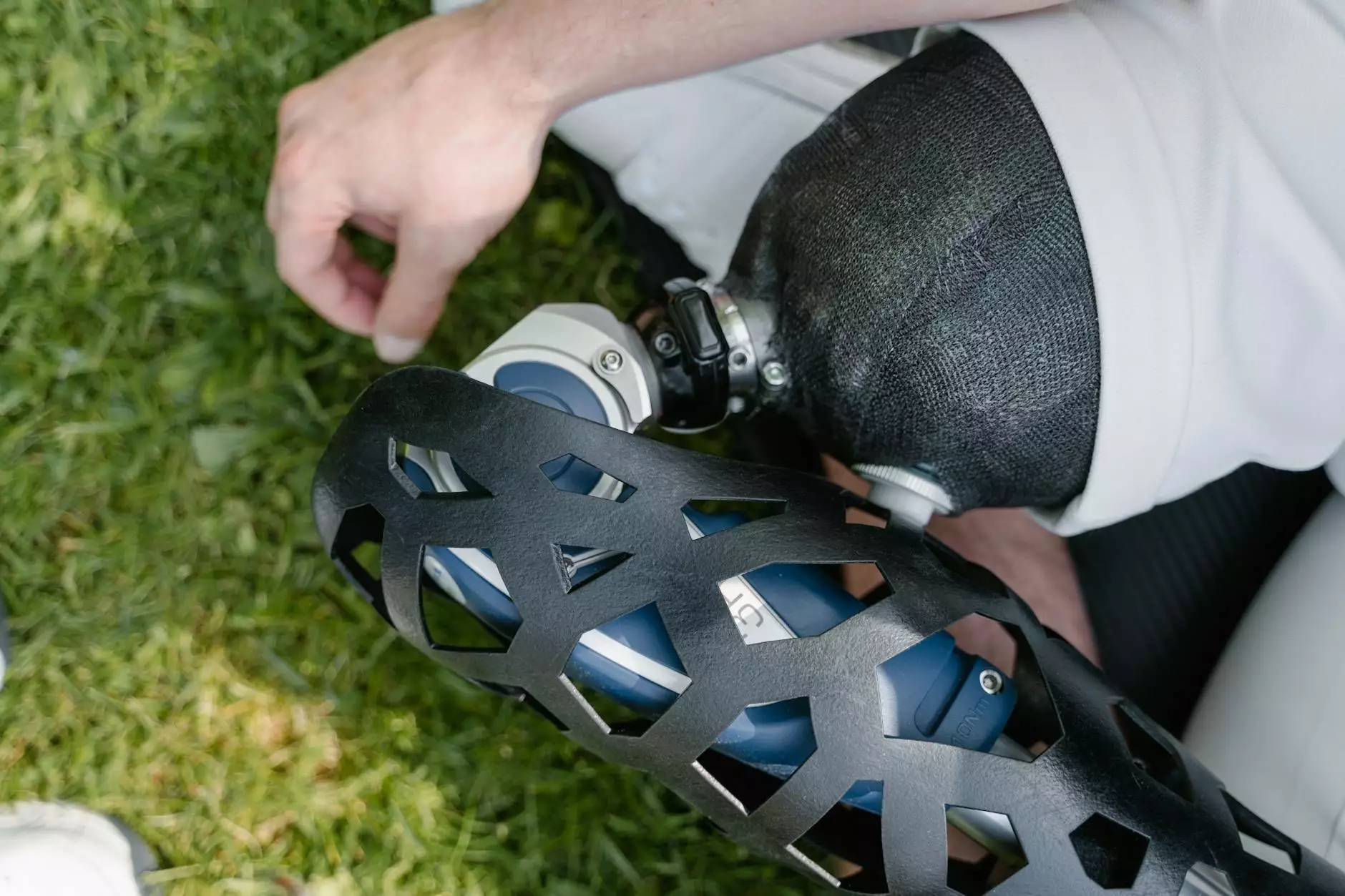Plate Compactor - Expert Tips for Better Base

Introduction
Welcome to Metate Industrial Supply, your trusted source for high-quality plate compactors. When it comes to achieving a solid base for your construction projects, using the right plate compactor is essential. In this comprehensive guide, we will share expert tips and techniques to help you maximize the performance and efficiency of your plate compactor.
What is a Plate Compactor?
A plate compactor, also known as a vibrating plate or tamper, is a heavy-duty machine commonly used in construction and landscaping industries. It is designed to consolidate and compress various types of materials, including soil, gravel, and asphalt, to create a sturdy and even surface.
Choosing the Right Plate Compactor
When selecting a plate compactor, several factors should be considered:
1. Compaction Force:
The compaction force of a plate compactor is measured in pounds (lbs) or kilonewtons (kN). It determines how effectively the machine can compact different materials. Ensure that the compaction force matches the type of material and the size of your project.
2. Plate Size:
The size of the plate is another critical factor. Larger plates cover more area, resulting in faster compaction. However, smaller plates offer more maneuverability in tight spaces. Consider your project requirements and choose the appropriate plate size accordingly.
3. Engine Power:
The engine power directly affects the performance of the plate compactor. Higher horsepower or kilowatt ratings provide better compaction efficiency and enable the machine to handle more challenging materials. Assess the power requirements based on your project's complexity.
4. Vibrations Per Minute (VPM):
VPM refers to the number of vibrations produced by the plate compactor in a minute. Higher VPM indicates faster and more efficient compaction. However, note that certain materials may require specific VPM ranges for optimal results.
Best Practices for Using a Plate Compactor
1. Prepare the Surface:
Before operating a plate compactor, it's crucial to prepare the surface. Remove any debris, rocks, or obstructions that may hinder the compaction process. Ensure the area is clean and level for optimal results.
2. Start Slowly:
When using a plate compactor, start with low throttle and gradually increase the speed. This approach helps you maintain control over the compactor and provides a more uniform compaction across the entire area.
3. Overlapping Passes:
Overlapping passes ensure complete coverage and uniform compaction. Start by compacting the edges and work your way towards the center, overlapping each pass by a few inches. This technique guarantees a solid and stable base.
4. Varying Directions:
For the best results, vary the direction of your plate compactor after each pass. This ensures that all areas receive equal compaction, leaving no weak spots. Alternating between vertical and horizontal paths is highly recommended.
5. Moisture Content:
Moisture content plays a significant role in the compaction process. It's essential to find the right balance, as excessive moisture can lead to unstable compaction, while insufficient moisture can hinder the compaction effectiveness. Follow manufacturer recommendations and monitor soil moisture levels during the compaction process.
Maintenance and Safety Tips
To prolong the lifespan of your plate compactor and ensure safe operation, consider the following maintenance and safety guidelines:
1. Regular Inspections:
Inspect your plate compactor regularly for any signs of damage or wear. Check the engine, plate, and other components for loose or missing parts. Replace any damaged or worn-out parts immediately.
2. Cleaning:
Keep your plate compactor clean by removing any dirt, debris, or materials that may accumulate during operation. A clean machine operates more efficiently and reduces the risk of malfunctions.
3. Lubrication:
Proper lubrication ensures smooth operation and prevents premature wear. Refer to the manufacturer's instructions for the recommended lubrication points and intervals.
4. Safety Gear:
Always wear appropriate safety gear, including goggles, gloves, and sturdy footwear, when operating a plate compactor. Protect yourself from flying debris and potential injuries.
5. Operator Training:
Prioritize operator training to ensure safe and efficient operation of the plate compactor. Familiarize yourself with the machine's controls, safety features, and operating procedures.
Conclusion
In summary, using a plate compactor is a crucial step in achieving a better base for your construction projects. It requires careful consideration of the right machine, proper techniques, and maintenance practices. Metate Industrial Supply offers a wide range of high-quality plate compactors to meet your specific needs. By following expert tips and implementing best practices, you can enhance the efficiency and effectiveness of your compaction process, resulting in a solid and durable base for your projects.










